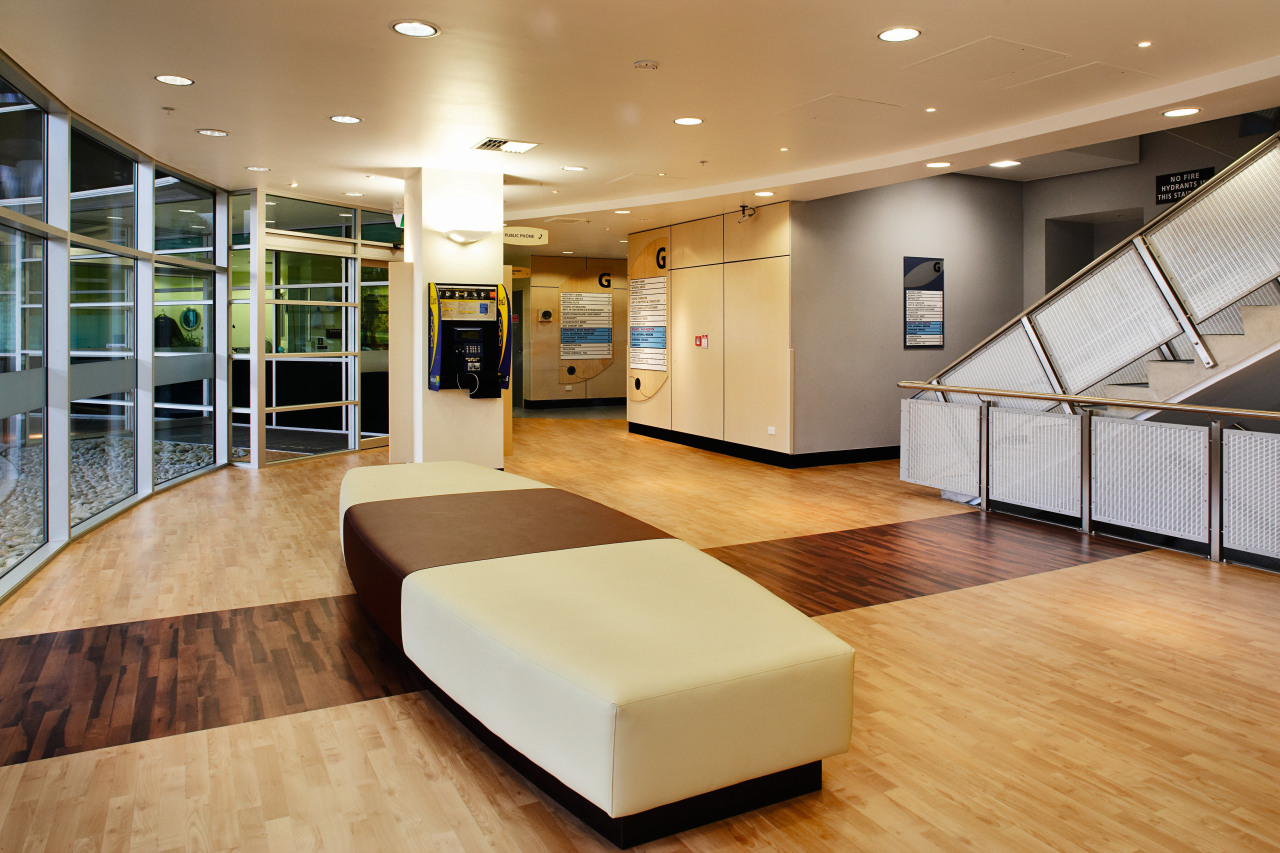Totally healthy
Health planning, interior design and architecture are firmly integrated in Chow:Hill's design of the new Christchurch Women's Hospital
For many years, public hospitals were designed as functional boxes, with little thought given to the overall benefits of good architecture. Today, there's a whole new approach to healthcare planning, with hospitals designed to fulfil complex briefs beyond simple function.
The new Christchurch Women's Hospital is a case in point. Chow:Hill not only took on the role of architect the company was also healthcare designer, interior designer and project manager.
Architect Darryl Carey was involved in the project, which included the design of the new Day Surgery Unit, from strategic planning and initial conceptual stages through to completion.
"Many users have always done things a certain way in a building that is decades old," he says. "However, it's essential to find a blend of the best in new thinking in healthcare and current ways of working.
"In designing a facility such as this, our mission is to integrate healthcare design and architecture. It's not just about a functional solution with cladding around it; a hospital should be great to look at, work in, and heal in."
Carey says modern healthcare design should be evidence-based, just as healthcare is. There has been enough research amassed globally to make quality, evidence-based healthcare design obtainable and essential, he says.

Three key approaches guided the architecture of Christchurch Women's. Firstly, the building needed to fit on the limited site and it had to integrate with the existing hospital while still maintaining its own clear identity. Secondly, the external design had to respond to the environmental context, which determined elements such as cladding and sunshading.
The third factor was the internal planning, which used the concept of generic rooms. Planning and construction allow for flexibility of use at present, and provide for adaptability in the future.
For more details, contact Chow:Hill, PO Box 23-593, Papatoetoe, Auckland, phone (09) 277 8260, fax (09) 277 8261. Website: www.chowhill.co.nz.
Story by: Trendsideas
Home kitchen bathroom commercial design






